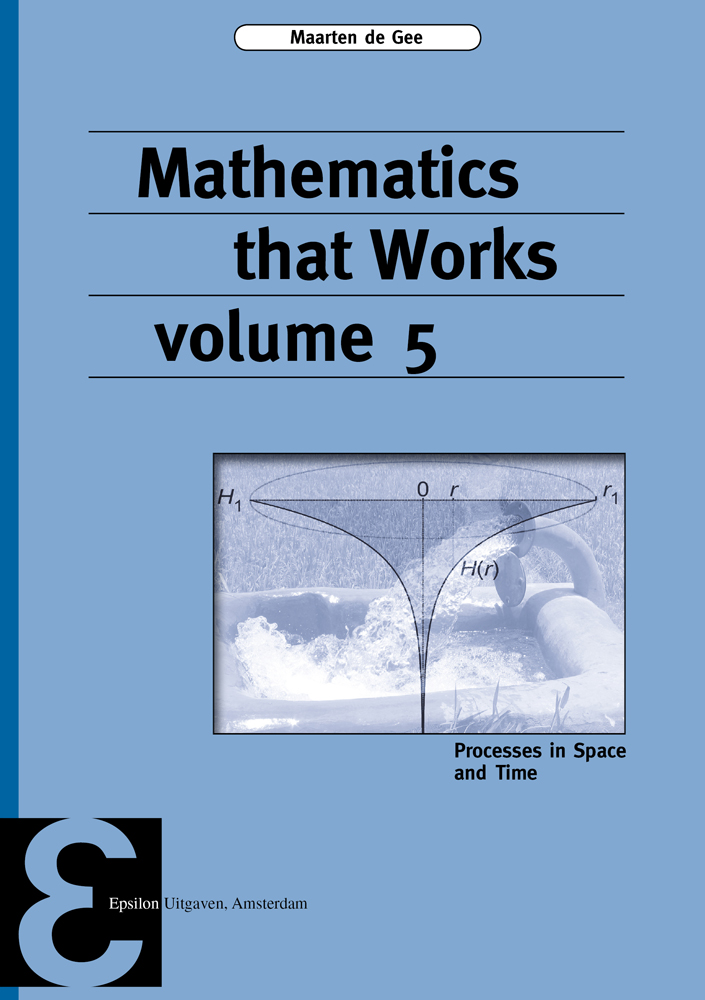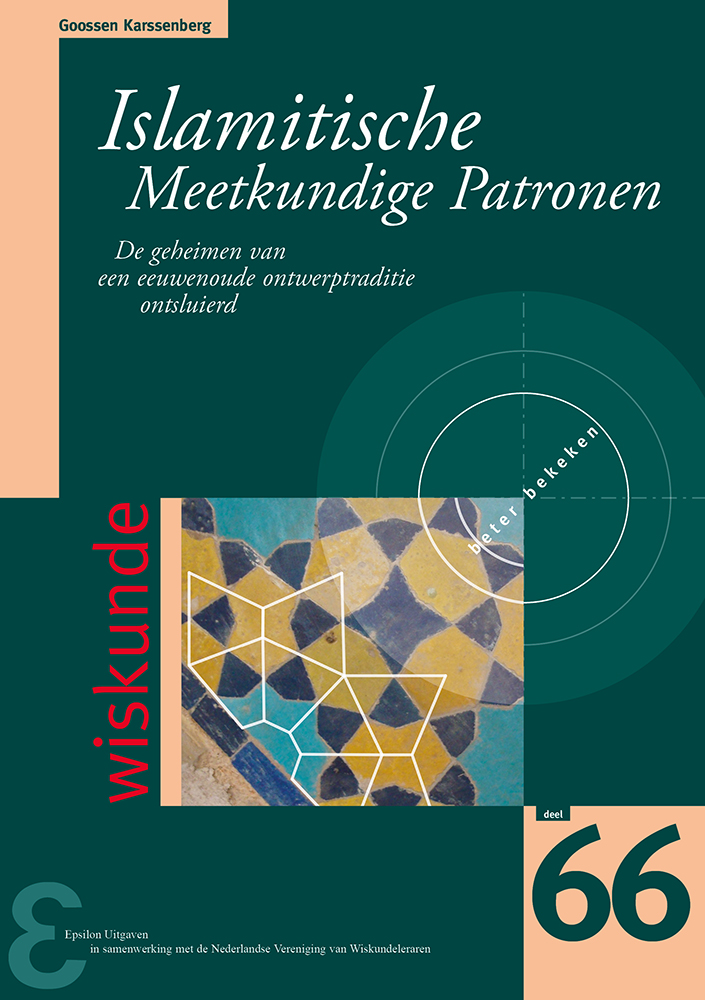Mathematics that Works volume 3
Vectors and Matrices Applied
Maarten de Gee
€ 37,-
incl. 9% BTW
This third volume of Mathematics that Works presents the fundamentals of linear algebra. In physics and geometry, vectors are objects with a length and a direction. In a broader sense, vectors are used as data structures, as higher dimensional extension of the real numbers. Matrices represent the linear functions acting on vectors. All quantitative sciences are drenched with linear algebra. For example, modern statistics without linear algebra techniques is unthinkable.
This volume is the equivalent of the Dutch Wiskunde in Werking deel 1.
Deel: Epsilon Uitgaven 92 | ISBN: 9789050411691 | Druk: 2, 2020 | Aantal pagina’s: 438 | Onderwerp: algebra, toepassingen van de wiskunde | Doelgroep: studenten universiteit
Maarten de Gee works in a group of applied mathematicians and statisticians at Wageningen University. Their mathematical research includes systems biology, food physics, weather- and climate models, hydrology and population dynamics.
- Vectors
- Matrices and linear mappings
- Determinants, eigenvalues, and eigenvectors
- Vector geometry
- Subspaces
- Basis transformations
- Orthogonality
Meer informatie
From ancient times, mathematics has developed side-by-side with physics; only in the last two hundred years they came apart as different branches of science. Extensive use of mathematics in other sciences, such as biology, chemistry, economics, pharmacology, environmental and social sciences is even more recent. Nowadays, knowledge of mathematical techniques is indispensable also for students and researchers in these fields. The series of textbooks ’Mathematics that Works’ presents mathematical methods with a sharp focus on applicability. There is an ample supply of worded-out examples and instructive exercises. The techniques are illustrated in applications from various branches of science; here, the connection between the mathematical method and the application is equally important as the mathematics itself. Thus the way the students digest the matter is aimed at practical usability within their own field, and skills take priority over the mathematical abstraction level. By connecting mathematics to its applications the usage of mathematics in the applied sciences is facilitated.













